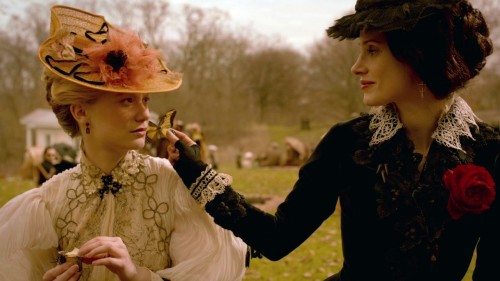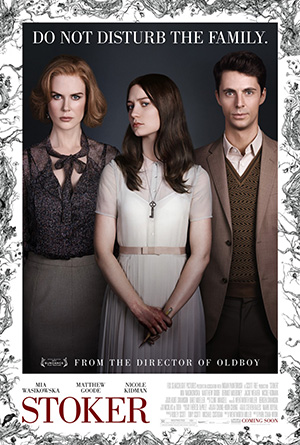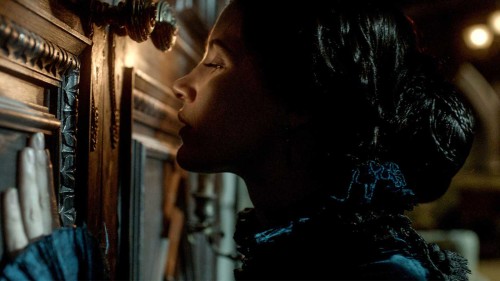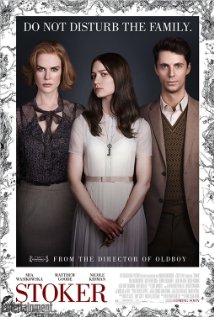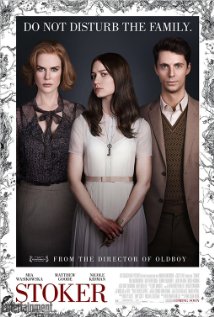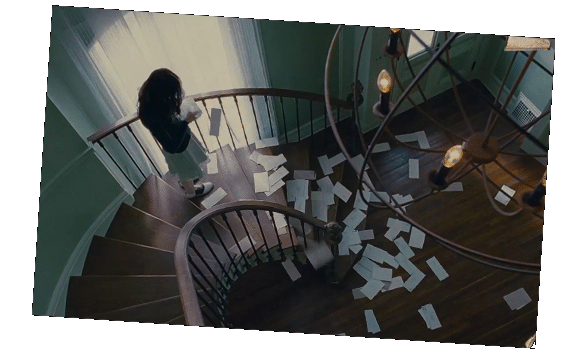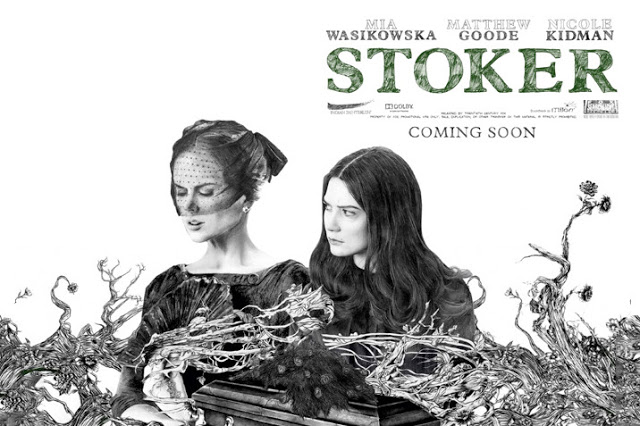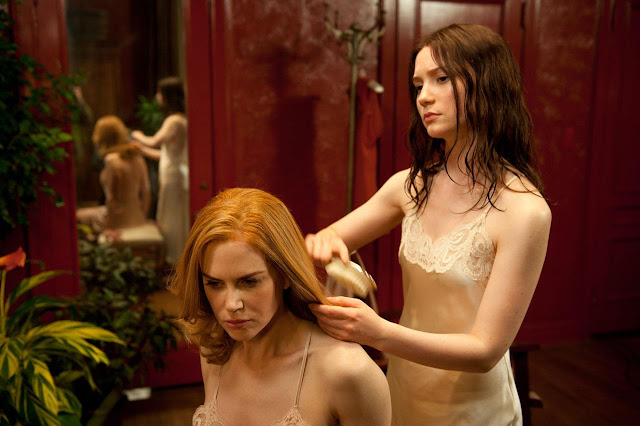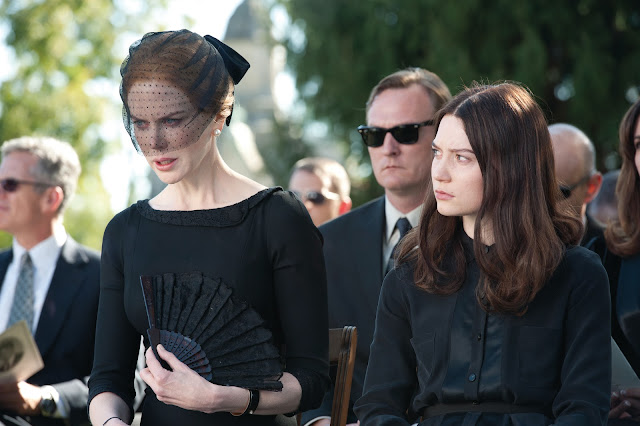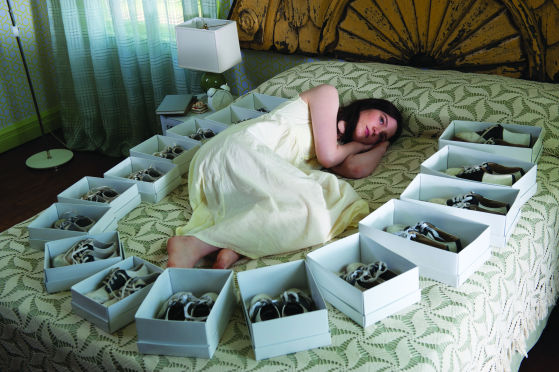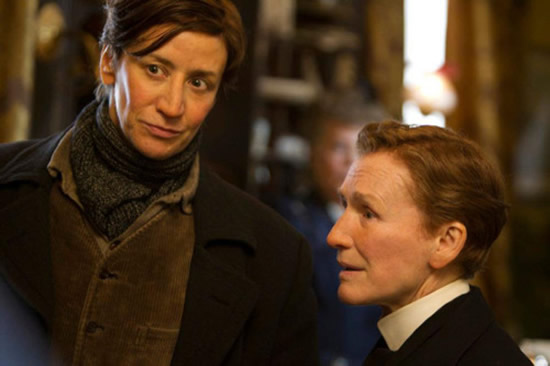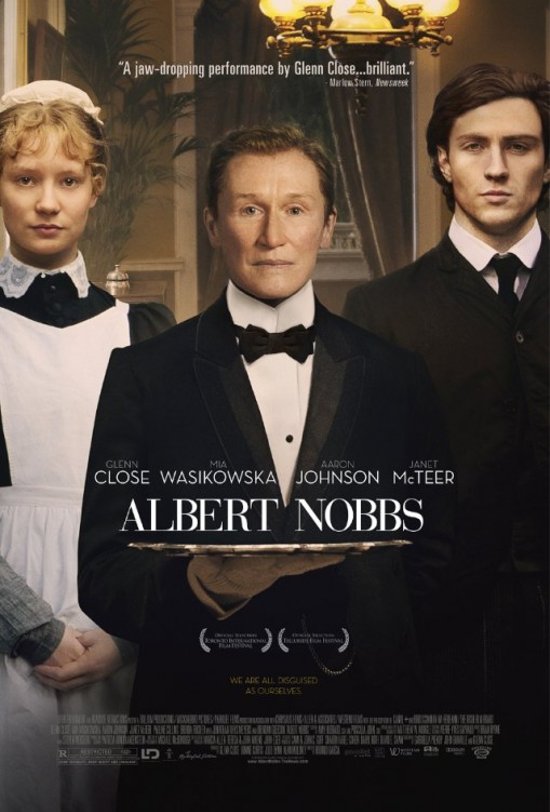(Contains SPOILERS for Crimson Peak.)
When filming Guillermo del Toro’s most recent film, Crimson Peak, Jessica Chastain felt surprised that playing the villain, Lucille Sharpe, wasn’t as “fun” as other actors describe playing villainous roles to be. In fact, she genuinely began to feel “depressed” from playing Lucille. However, when she confided this in on-screen brother Tom Hiddleston, who has famously played characters such as Marvel villain Loki, he shared that “you only have fun when your character is having fun,” and, as Chastain explains, “Lucille hasn’t had a fun day in her life.” As the victim of intense patriarchal oppression, it’s no wonder.
As patriarchal values are all Lucille has known, those are the tools she uses to attempt to gain and maintain control over her own life and to protect her beloved younger brother, Thomas. By adopting patriarchal means of action, even while being miserable doing it, Lucille becomes a “formidable” antagonist to Mia Wasikowska’s protagonist Edith. This is despite Lucille being entirely (and sympathetically) driven in her actions by profound love and a deep-seated fear of being alone. Turning on other women, including Edith, leads to Lucille’s ultimate downfall, and at Edith’s hands, who was only trying to defend herself and others. As Lucille’s sad life portrays, oppression, such as that from patriarchy, cannot be combatted by becoming an oppressor oneself.
Like many of del Toro’s films, this film deals with knowing and learning about the past in order to move forward and not repeat past mistakes or crimes. Lucille experiences abuse, internalizes it, and then takes it out on other women. Edith, meanwhile, suffers minor abuse, is supported in her efforts to rise against it, and attempts to support other women herself. Though the men in the story make many mistakes in their attempts to be allies to Edith, some of their actions aide Edith when her strength and determination need a little boost. However, it is largely due to the help of other women, albeit none still living, that Edith is able to accomplish what she does, whether it is through the role model of “Frankenstein” author Mary Shelly, or the female ghosts that warn and aide her.
It is only when Edith chooses to listen to the messages that these female ghosts have for her, whether through old wax recordings or their own spectral presences, that Edith learns what she needs to know in order to move forward in her own life. Through joined female effort and learning about what came before her, Edith and the audience can effectively move into the present and take the most effective action in efforts to support the lives of women. With the help of other women, the occasionally non-burdensome help of male allies (again, the men make a number of dangerous mistakes – usually by underestimating both Edith and Lucille), and a lot of her own effort, Edith succeeds in getting through danger, not unscathed, but alive. She then publishes the fruit of her labor, her novel, under her own name – quite something for a woman to do in 1901. (The date is not provided in the film, but was given by Tom Hiddleston in this interview.)
Lucille is strongly compared to and contrasted against Edith throughout the film. Edith is an ambitious writer who defends her career choice and preferred suspenseful genres against patriarchal and condescending men and women alike. Edith marries the baronet Thomas Sharpe, who is “a dreamer” like her, in part because he is supportive of her writing. Edith continues to work on her novel after their marriage, just as Thomas continues to work on his mining invention (Yes, the “Sharpe Mines” – I see what you did there, del Toro). Lucille could have made a career as a marvelous composer and pianist, but lacked the supportive upbringing that Edith received, and rarely writes or plays (or, indeed, lives) except for her younger brother. At one point, Lucille throws Edith’s manuscript, page by page, into the fire, saying dismissively “You thought you were a writer….” Meanwhile Lucille never takes credit for the beautiful lullaby she seemingly wrote – for Thomas, naturally.
This reflects the internalization of her years of neglect and abuse, a childhood alternately locked away upstairs or physically beaten with a cane, forced to care at an early age for her abusive mother after her father “snapped [Lucille’s mother’s] leg under his boot,” and then sent to and locked away in a mental institution in continental Europe, away from her only comfort – her brother. So internalized is the abuse and pain, Lucille even thinks she is doing her female victims a favor by killing them, as shown in the scene in which Lucille feeds Edith (poisoned) porridge while speaking about her relationship with her mother.
Throughout her life, Lucille protects Thomas both from oppression and from becoming much of an oppressor himself, keeping him from having to “get [his] hands dirty.” Thomas therefore comes out of a patriarchal past relatively less broken than Lucille, and is able to maintain a bit more of his humanity. It is this humanity, which Lucille made sure to help him preserve in himself, that leads him to experience guilt for what Lucille and he do – exploiting and poisoning vulnerable women for their wealth. It is this guilt that Edith, the protagonist, inadvertently exploits when she encourages him to not live “in the past.” Edith does not seek out to reform Thomas, unlike in so many “romances” that glorify toxic and abusive relationships – he himself makes the choice to help and defend Edith against Lucille. In fact, when Edith finds out what he has done, she understandably does not hesitate to attack him in self-defense. Heartbreakingly, it is revolutionary even today that Edith is not a Bella Swan or a Manic Pixie Dream Girl used by Thomas to feel better about himself. Edith is romantic with Thomas only when she is unaware of what he has done, and then defends herself from her would-be co-murderer.
Meanwhile, while Edith moves into the future after learning from the past, Lucille is “entrenched” in the “history” of the house and the family, and does not “progress.” Lucille grew up in Victorian England and continental Europe being abused by patriarchal society, patriarchal figures, and patriarchal values. Much of what she does is in keeping with these values, clinging to “the past” and the “shadows” as the Edwardian era begins. Patriarchal values are all she has known, and her actions in the film reflect that, whether she is playing the role patriarchy expects her as a woman to play, such as caretaker, or when she emulates patriarchal violence in order to sustain the way of life she and her brother share, such as when she brutally murders Edith’s father Carter Cushing (played by Jim Beaver).
Patriarchy makes many demands on women. It demands that women internalize sexism and abuse, then take out their anger and frustration on other women in horizontal/in-group violence. Lucille fulfills this requirement of patriarchy many times and in many ways, as did her mother before her – and against her. Patriarchy demands that women lack confidence in themselves, and predominantly define themselves by how they do or do not look. Lucille implies that she feels that she “lack[s] beauty” and youth, while women are still fighting against confidence-destroying beauty and age standards today. Patriarchy demands that women value men more than other women, and more than themselves. Lucille centers her brother, Thomas, and her family’s history above all else, and even seems to blame her mother more than her father for the family’s suffering and destruction. This is especially sad, since it was her father’s abuse of her mother that made her mother take out her anger at him in abusing her children. Patriarchy demands that women compete with each other for the little that is offered them, and so Lucille preys upon other women to uphold the life she has created for her brother and herself.
In some ways, Lucille opposes patriarchal ideas of women, but only as manifestations of her role as protector for Thomas. Del Toro describes Thomas as “a stunted man, an adolescent,” and Lucille fills the roles of both mother and wife to him. As depicted by Katherine Fusciardi on Bitch Flicks, violence by women is seen as justifiable by society if it is committed by a mother to protect her child. Lucille takes on the role of violent protector for Thomas, the masculinity of it being emphasized when she crossdresses in order gain access into a men’s club. There, she violently kills Edith’s father, who was “coarse and condescending” to her beloved younger brother. Her role as protector, her clothing, and her violence in that scene are all culturally seen as masculine. When she emulates patriarchy, it is in order for her and Thomas to maintain a place in it, thereby attempting to be free from patriarchal oppression themselves. However, as stated in Alize Emme’s review of Heathers, “the power” of patriarchy to oppress others “is not something to aspire to.” Instead, female friendship creating support systems are all important. In order to gain true power and freedom, patriarchy must be overthrown in a group effort lead by women, not emulated by the individual. Though Lucille gains much needed money by oppressing other women, it hardly relieves her misery from years of external and internal abuse.
Not only does the story of Crimson Peak have many messages that can be mined (I would say the pun wasn’t intended, but that would be lying) for feminists, but del Toro’s casting choices reflect the feminism of his piece, with Jessica Chastain and Tom Hiddleston being open feminists. What is disappointing is that hardly any women were involved at all behind the camera, not even on the script, with the notable exception of Kate Hawley’s beautiful costume design. Del Toro then, unintentionally it seems, highlights his theme that men can make mistakes as allies, even when they have the best of intentions. Jessica Chastain is particularly vocal about the need for all women and all People of Color to be hired for work behind the camera, and for “all stories” to be told, not just that of “the few.” Hopefully del Toro and the other men onset learned these lessons while filming Crimson Peak, and they continue in learning how to be better allies.
